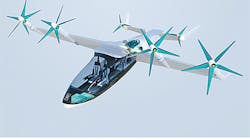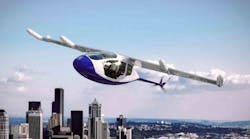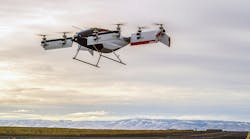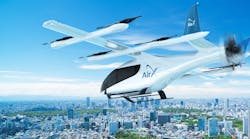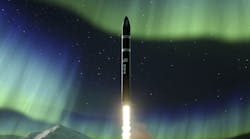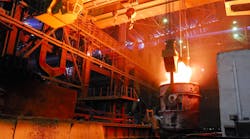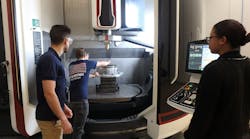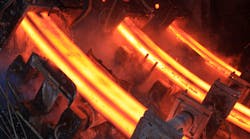Rolls-Royce PLC reported its ground tests for a hybrid-electric propulsion system for a new aerospace engine system have been successful. The tests, involving the Rolls-Royce M250 gas turbine, are part of a comprehensive hybrid aerospace-turbine engine development and integration program, working toward experimental aircraft flights in 2021.
The proposed hybrid engine would be used as a propulsion plant with power ranging from 500 kW to 1 MW.
The tests studied the system’s suitability for a range of transport platforms, including aircraft with a range of up to 1,000 miles and weighing up to 2,000 kg. This would support general aviation aircraft and hybrid helicopters, as well as the Rolls-Royce EVTOL concept, the "electric vertical take-off and landing" vehicle unveiled last year.
Dr. Mike Mekhiche, deputy director of Rolls-Royce Electrical said: “Rolls-Royce has always been a pioneer in aviation and one of the key elements of our strategy is to champion electrification across all our businesses. The successful testing of the hybrid M250 system is an important step forward in providing a hybrid-electric propulsion system that will enable a new class of quieter and cleaner air transport.”
Rolls-Royce engineers in the U.S., U.K., and Singapore developed the M250 engine — typically used to power fixed-wing military, civilian aircraft and helicopters — into a hybrid-electric propulsion system. It was chosen for its "maturity, power-density, ease of maintenance, and high reliability," according to the engineering group.
Rolls-Royce hybrid electric-propulsion system demonstrator integrates a M250 gas turbine engine with a high energy-density battery system, electric generators, power converters, and an advanced power management and control system. The power management system optimizes overall propulsion performance in order for the system to be suitable across a variety of platforms.
Tests were carried out for three possible system configurations. In the Series Hybrid configuration, the engine operates as a turbo-generator that charges an on-board battery system, and does not contribute to thrust directly. All power required for thrust and other onboard systems is supplied by the battery.
In the Parallel Hybrid configuration, the platform thrust is supplied by a combination of the engine (mechanical thrust) and the electrical system (electrical thrust), while the other power needs of the aircraft are met by the battery.
In Turbo-Electric configuration, the battery system is redundant. The engine operates as a pure turbo-generator supplying electric power for thrust and any other power needs on the aircraft.
The ground tests for the hybrid engine took place at the Rolls-Royce engine center in Indianapolis. Each component and sub-system was individually tested for electrical performance, including simulated use across take-off, cruise, landing, and taxiing.
Rolls noted its next step is to advance the hybrid propulsion system toward integration on an aircraft, and experimental flights in 2021.
